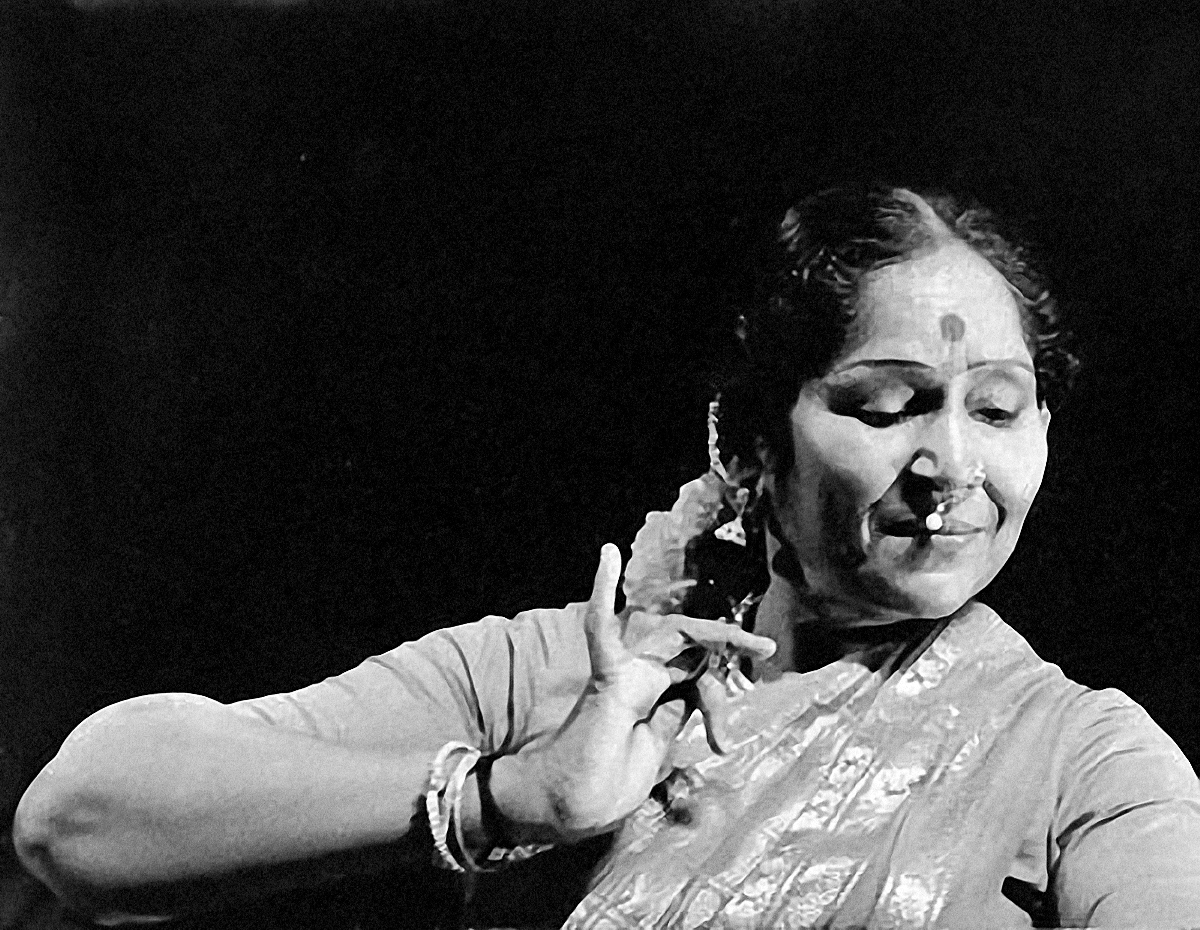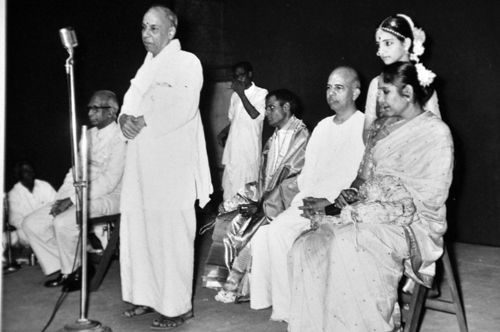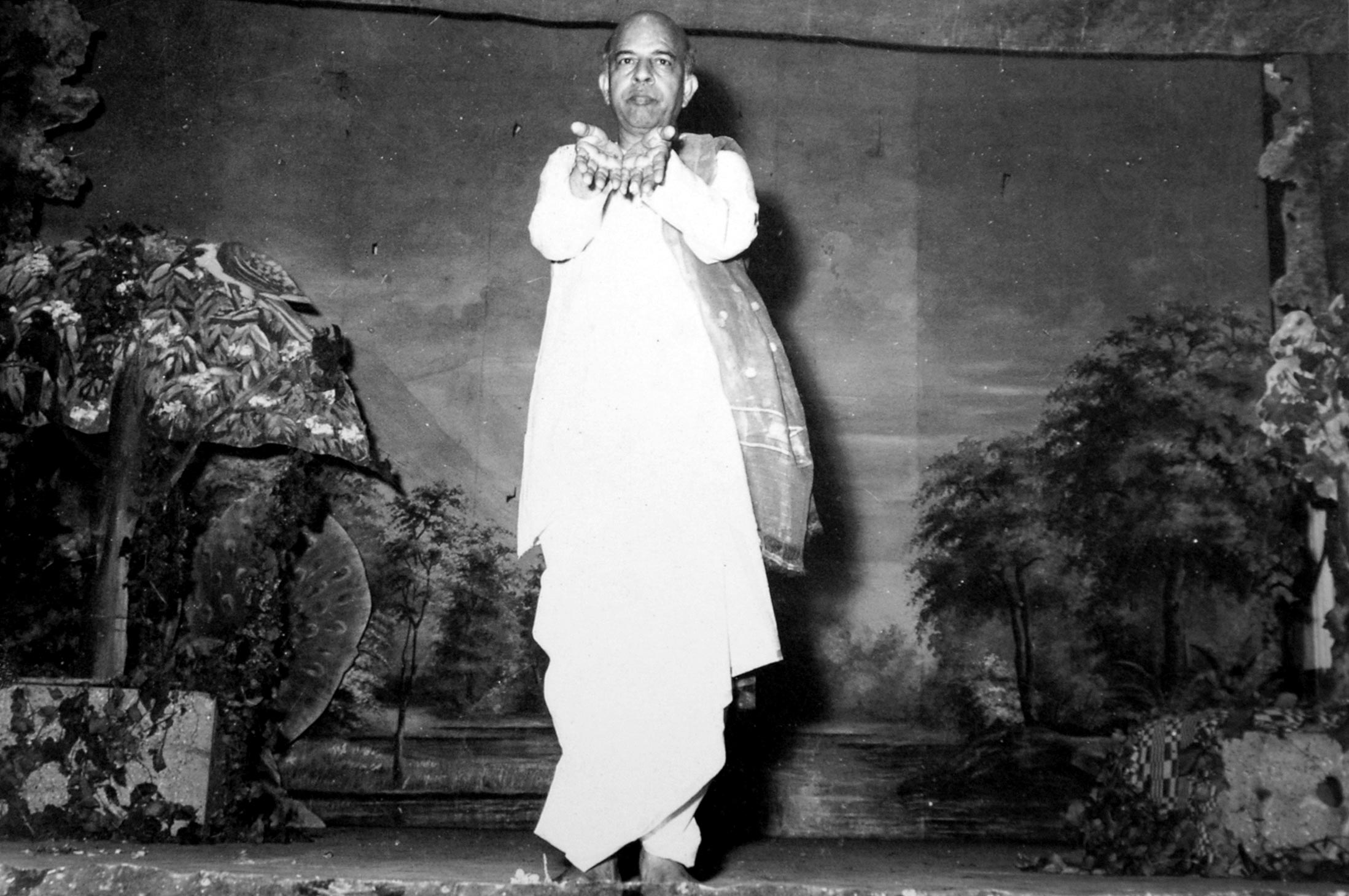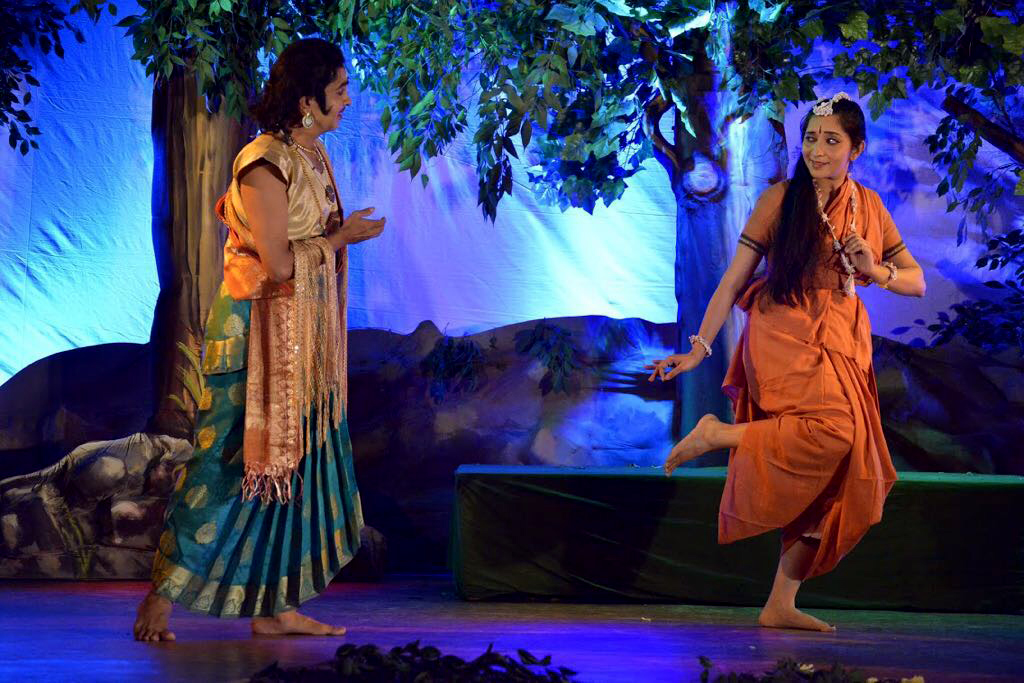
T. Balasaraswati – 1918-1984
In the Kandappa – Bala technique, all the technical sections from the basic steps to the items of repertoire were always taught by my revered dance-master K. Ganesan, the only son of the illustrious Kandappa, teacher of Bala. Bala was present most of the time during rigorous sessions of Nritta and kept a watchful eye on the student. Once the student has perfect Nritta co-ordination, mastering all the technical repertoire,Bala would first begin with Sabdam, and proceed in a leisurely manner to the other items – the lyrical part of the Varnam, the Padams & Javali. The tempo of the…


